The new cabinets are here! The new cabinets are here! Despite my misgivings about the absurd price we paid for these shiny wooden boxes, I have to admit they look great and are a major improvement over what we had before. It’s still unclear what the veneer actually is. We initially chose a horizontally grained chocolate bamboo to give the kitchen a sort of zenlike Franco-Japanese bistro look, if that makes any sense. But the manufacturer ended up having some production problems, and the closest thing we could find to the (horizontal) bamboo was something called wenge (WHEN-gay).
I should back up here a moment and say something about our rather diffident process of decisionmaking especially in the early days of picking out various materials. Some people have a good eye and confident assurance about what they like and what goes well together in interesting ways (e.g., Bitty Bukovnik and Thomas Cook). Neither Rachael nor I fall into this category. So we made some amusing missteps early along the way (“Never go into Architectural Ceramics after closing on a refi” belongs right up there with “Never get involved in a land war in Asia”), but by the time we chose the bamboo, silestone and marble, we were both excited and relieved. Consequently, the news that the bamboo wouldn’t be available until October had us seriously considering the possibility of waiting until then. But along came wenge.
It was perfect – similar coloration with interesting striation and it would play well with the other materials. But curiosity got the better of me, and I asked, “What is wenge anyway?” Turns out that was a good question. It is a tropical hardwood native to certain African countries that is listed as an endangered species due to overharvesting and the destruction of its habitat. According to the International Union for the Conservation of Nature’s Red List, wenge faces “a very high risk of extinction in the wild.” Awesome. One of the few guiding principles we had was that we wanted to be fairly green in our choice of materials, hence the bamboo. Wenge had seemed our only hope of holding onto our original color scheme if we wanted to stay with a horizontally grained veneer.
But we had not reckoned with the forces of product differentiation. As wenge’s popularity had proved to be its undoing among green consumers, canny marketers stepped in with a manufactured “wood” that purportedly looks like the real article. Does it? I have no idea, but that’s what’s in our kitchen today.

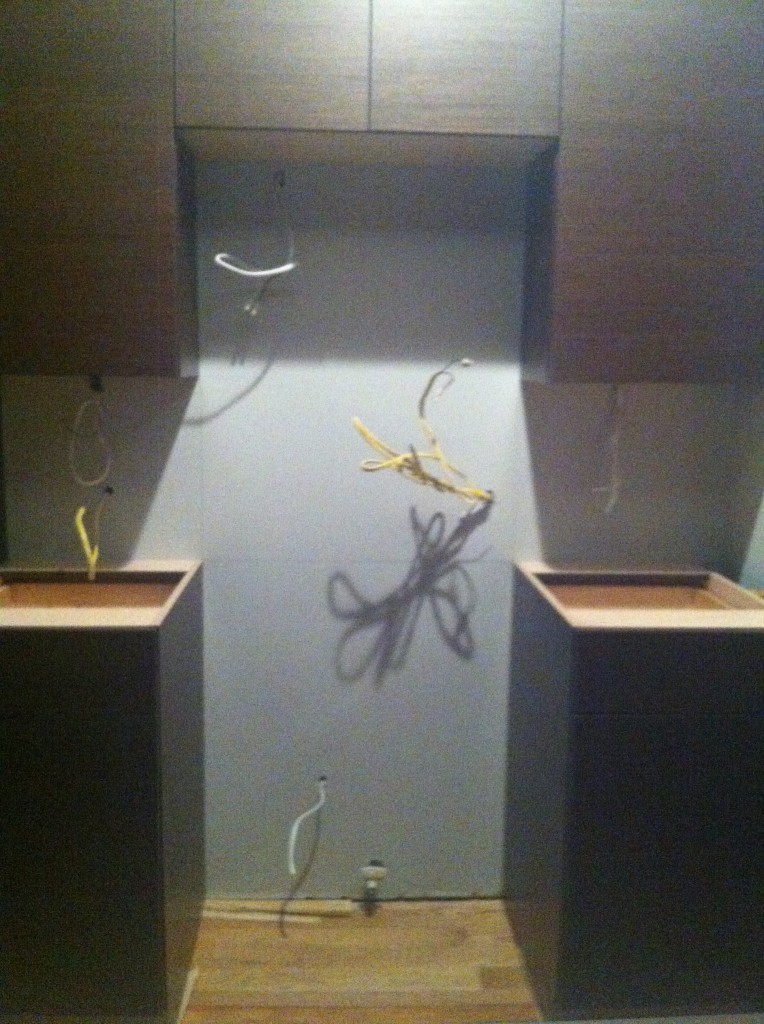
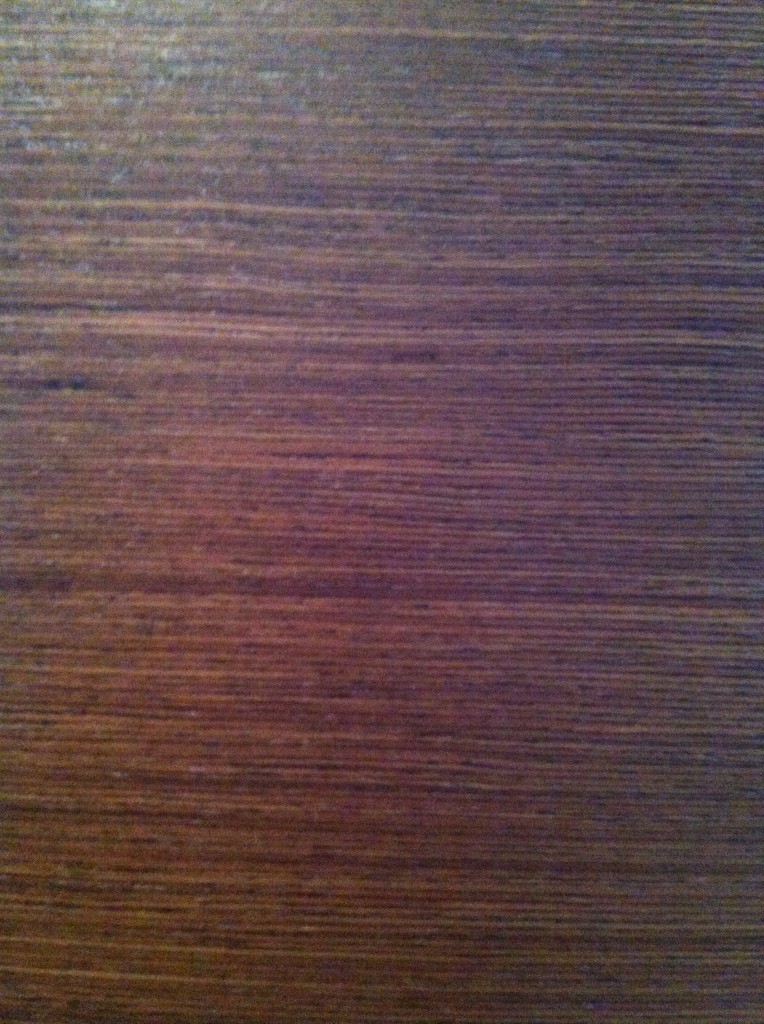
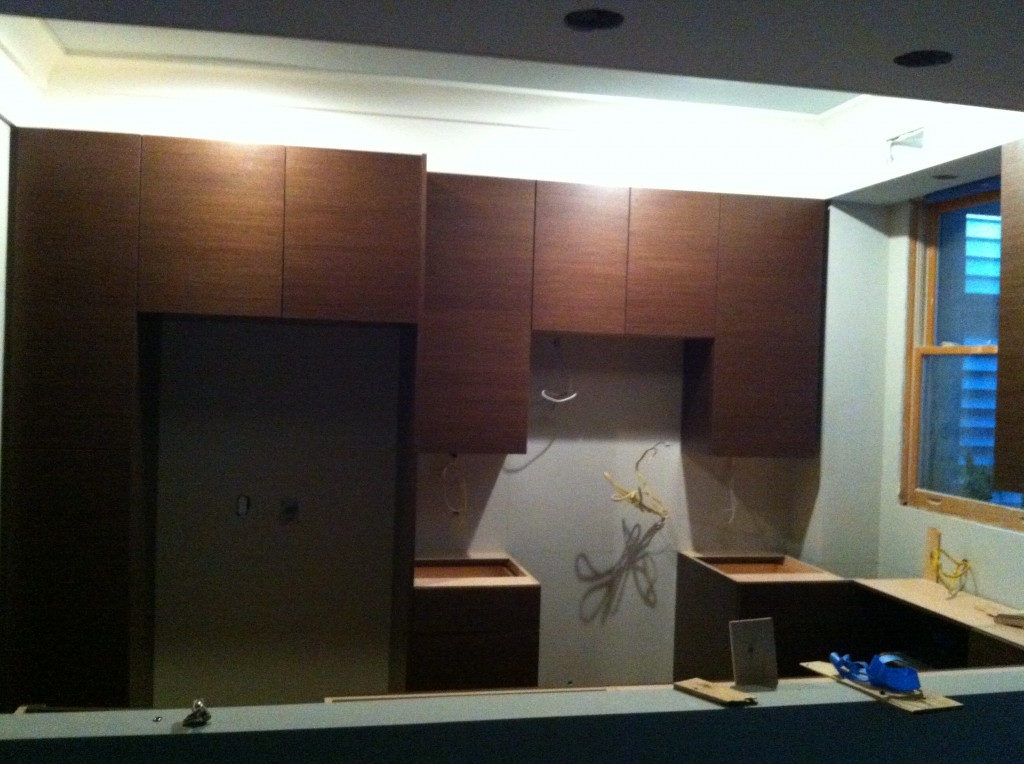
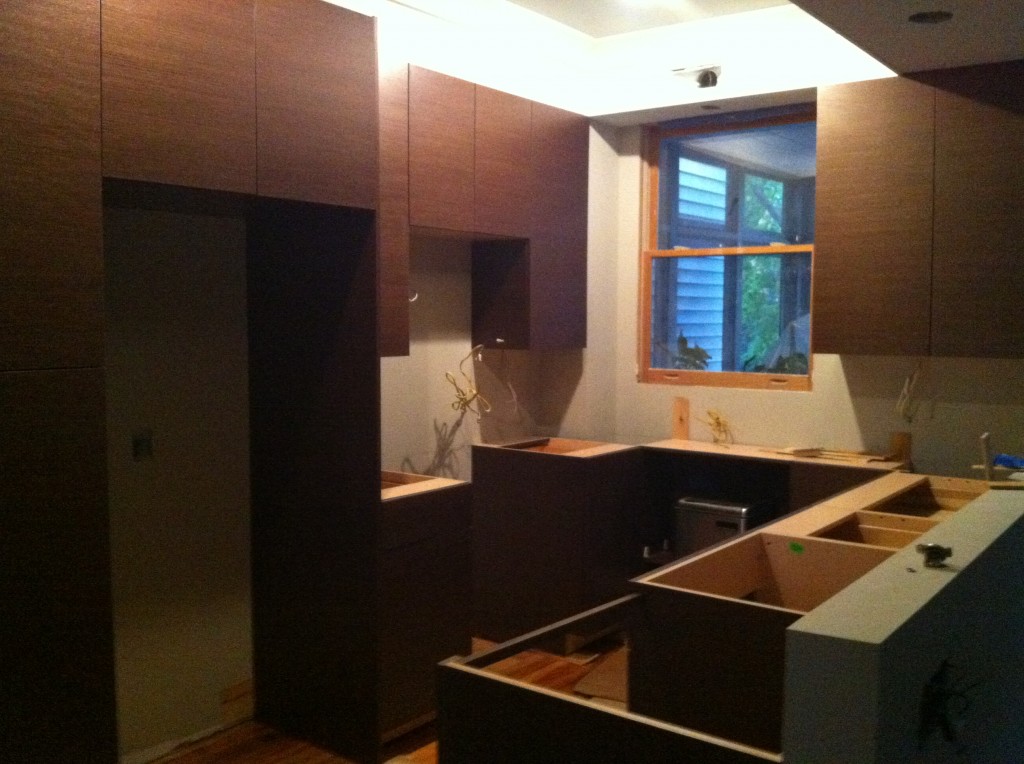
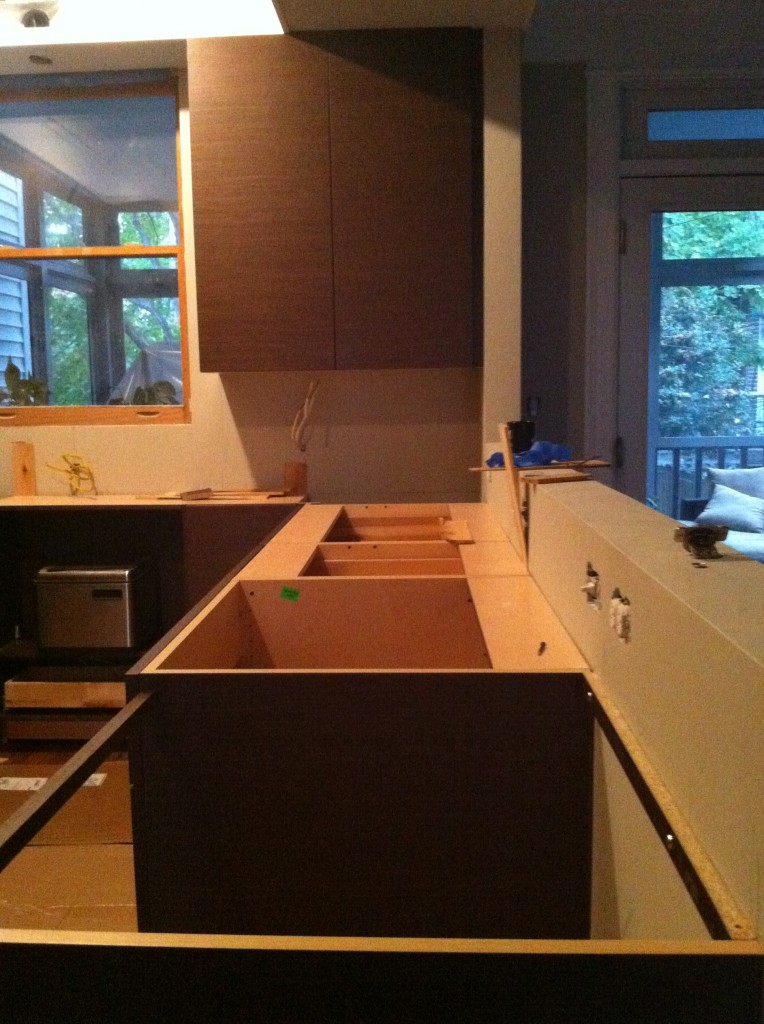
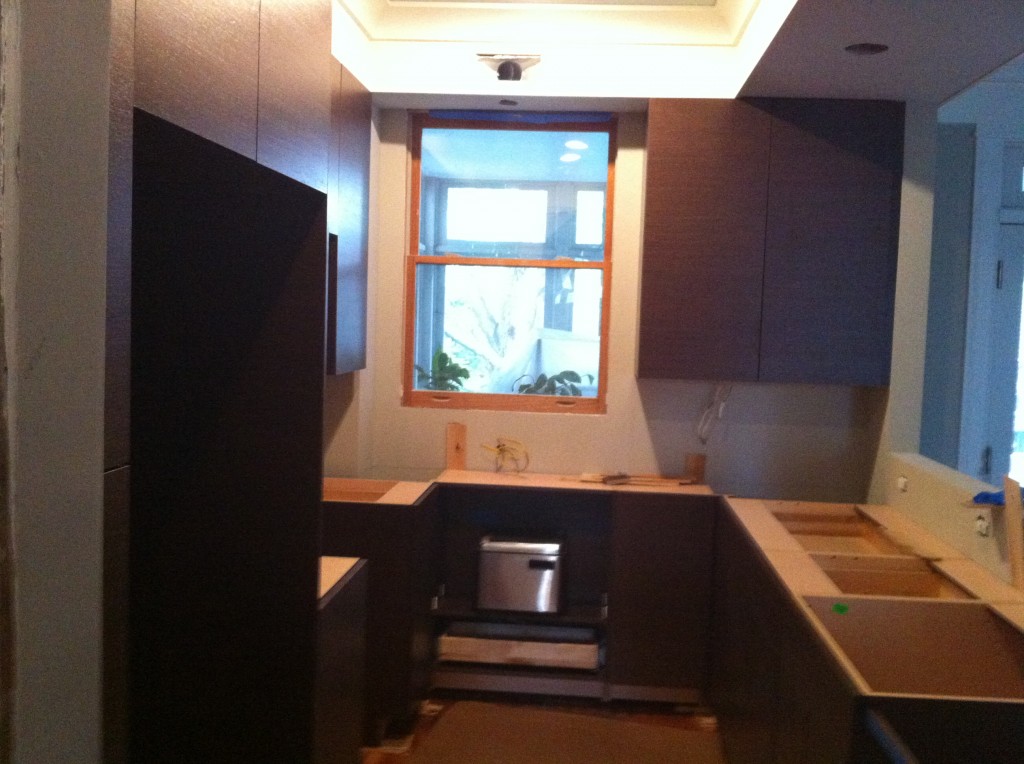
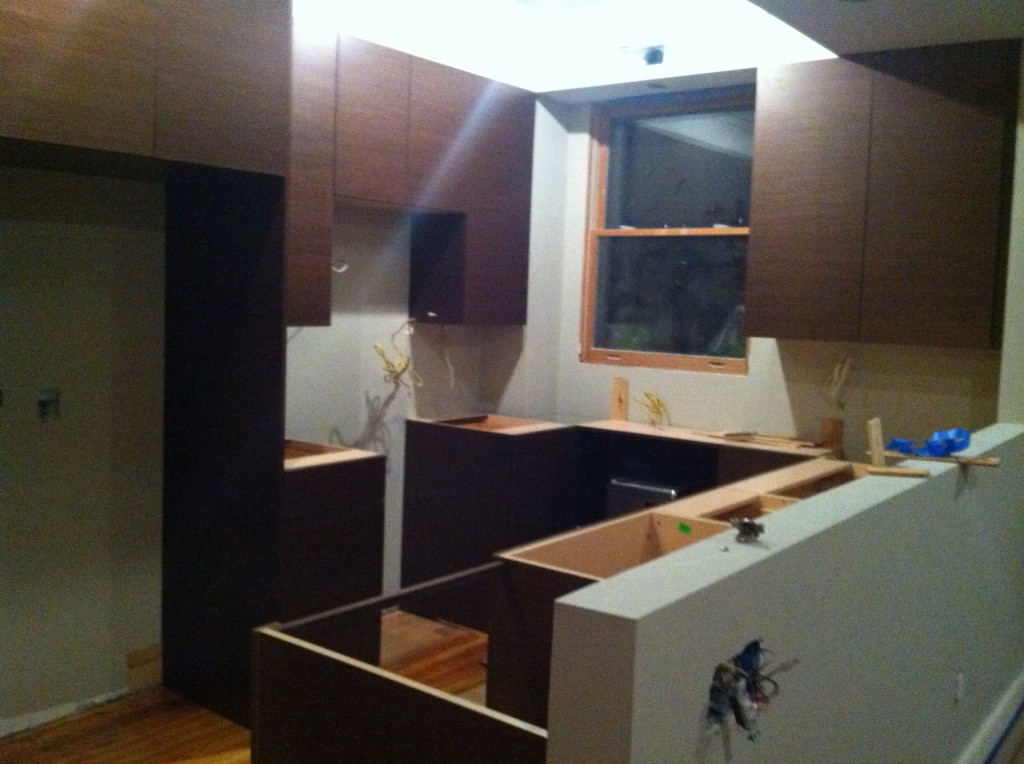
 Born in Baltimore and raised in Cincinnati, I have lived on both coasts and driven back and forth across the country a number of times. I now have the "midlife opportunity" to do so on two wheels.
Born in Baltimore and raised in Cincinnati, I have lived on both coasts and driven back and forth across the country a number of times. I now have the "midlife opportunity" to do so on two wheels.
I see a lot of interesting posts on your blog.
You have to spend a lot of time writing, i know how to save you a
lot of work, there is a tool that creates unique, SEO friendly articles in couple of seconds, just search in google
– k2 unlimited content